How to correctly configure the solar power generation system?
 Sep 19,2022
Sep 19,2022
 64
64
 sunchees solar system
sunchees solar system
Steps to correctly configure solar power generation system:
First, the configuration algorithm of the controller. The voltage of the controller should be the same as that of the inverter, and the output voltage level after being connected with the solar panel should be the same, and then the current should be counted;
The current is determined by the power of solar panels. For example, four 200W solar panels, no matter how they are connected, have a total power of 800 W. Assuming that the output voltage level is 24V after connection, the current is 800/24=33A, that is, a charge-discharge controller larger than 33A, so we can choose a 24V/40A charge-discharge controller;
It is emphasized that the size of the controller is determined by solar panels; That is, the power (voltage * current) of the charge and discharge controller should be greater than or equal to the total power of all power generation boards;
II. Algorithm of Inverter The size of inverter is determined by the load, that is, by the equipment behind it. However, the equipment is divided into inductive load and resistive load. Inductive load refers to the motor, fan, water pump, air conditioner and other equipment that can move when it is turned on. When these devices are turned on, there will be 4 to 7 times of impulse current (except for frequency conversion startup, which has no effect). When calculating these devices, at least 4 times of power should be calculated; Resistive load refers to those that have no or little impact current when turned on, such as electric lamps, computers, monitors, etc. These devices can be calculated according to the original power;
The choice of inverter should be at least larger than the maximum power of the equipment at the back end after amplification; For example, with a 1KW water pump and a 1KW computer, the impact of the water pump will be more than 4 times that of the computer, but the maximum power will be 4+1=5KW, so the inverter should be at least 6KW.
Third, the algorithm of the battery
The choice of battery also depends on the power of the equipment behind the belt and the time required for battery power supply;
Power is the sum of the power of all the devices in the back, but don't count the impact, because the boot impact is only a short time and has little impact on the battery;
The formula is: (total power/DC voltage) * time = capacity of a single battery; Number of batteries = DC voltage/single battery voltage;
Example: the load has a 1KW motor and a 1KW computer, and the power supply needs to be emergency for 2 hours, so the total power is 2000W; if the DC voltage is 24V, the voltage of a single battery is 12V;
Battery capacity =(2000/24)*2=166, that is, 180AH/12V battery will be used; Number of batteries =24V/12V=2; Therefore, in this case, 2 batteries of 180AH/12V will be used;
IV. Configuration of solar panels:
Scheme 1: The solar panel only charges the battery, which depends on the capacity and voltage of the battery;
(Example 1: a 100AH/12V battery is used; According to the full sun of 5 hours a day, it is necessary to have a charging current of 20A, 20A*12V=240W; That is, the solar panels must be greater than or equal to 12V/240W solar panels; )
Scheme 2: Users hope that when the solar energy is enough, the solar panels can be directly output through the inverter, so the power of the solar panels must be greater than or equal to the load power; The DC voltage level range is different from the DC voltage level input by the inverter.
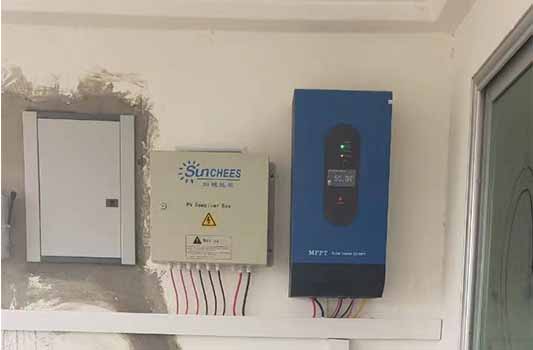




 Home
Home What is the function of solar controller?
What is the function of solar controller?  You May Also Like
You May Also Like
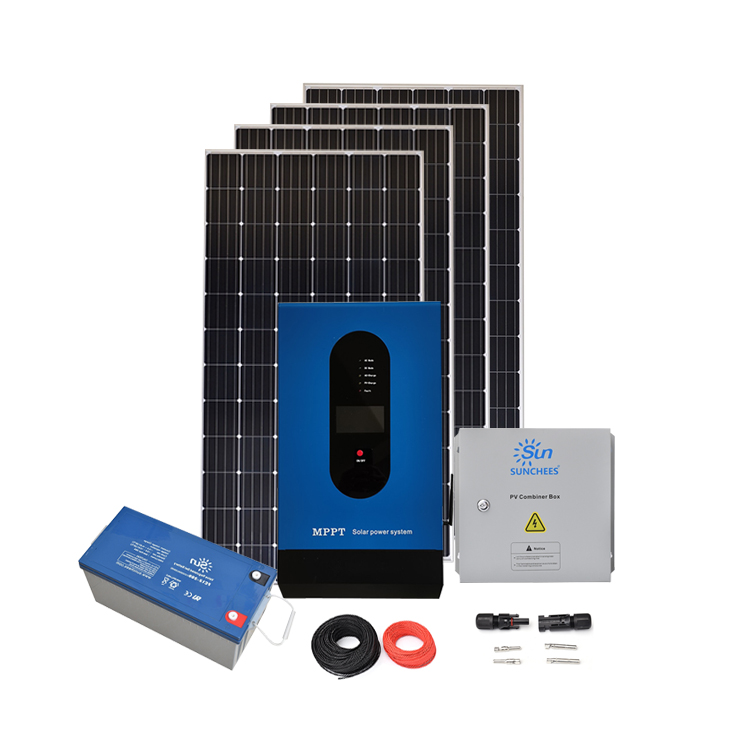

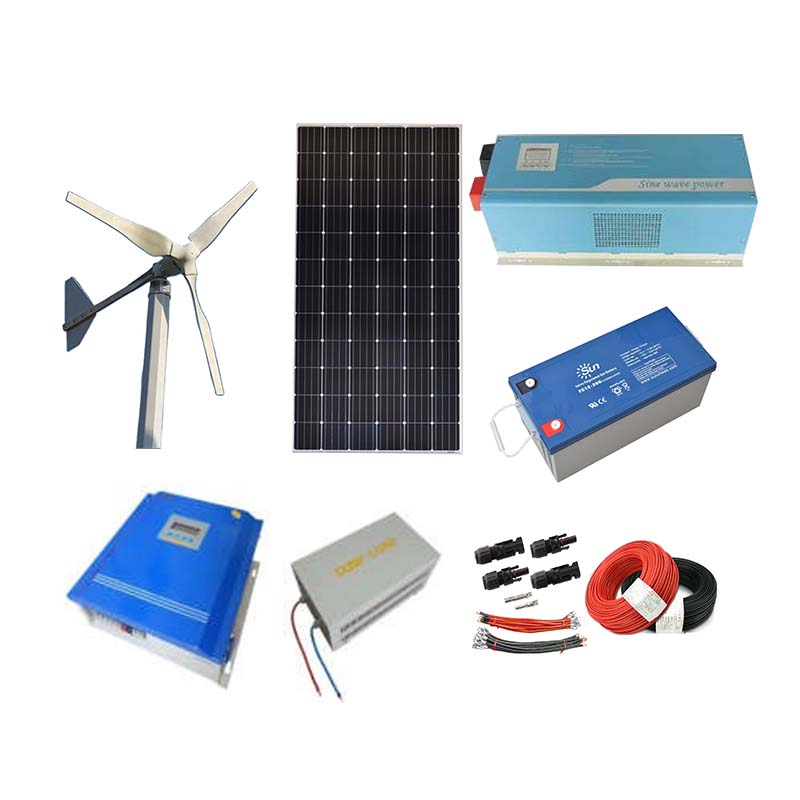
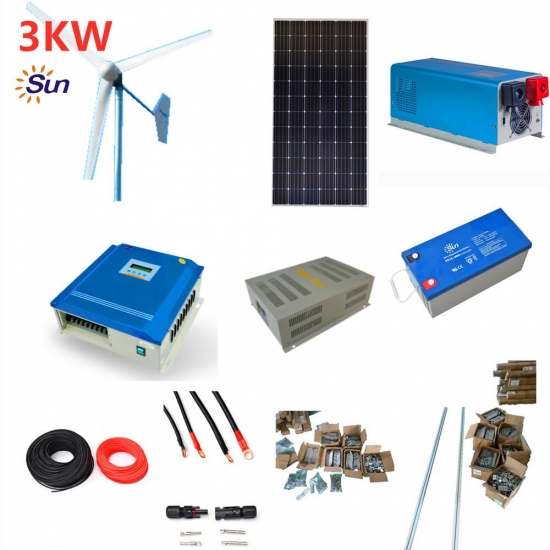
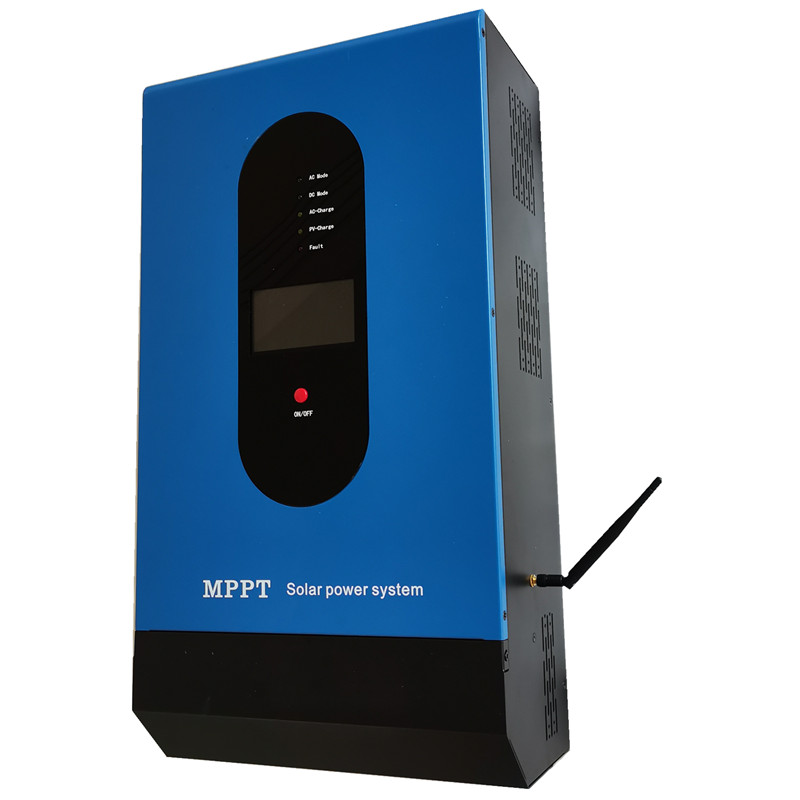
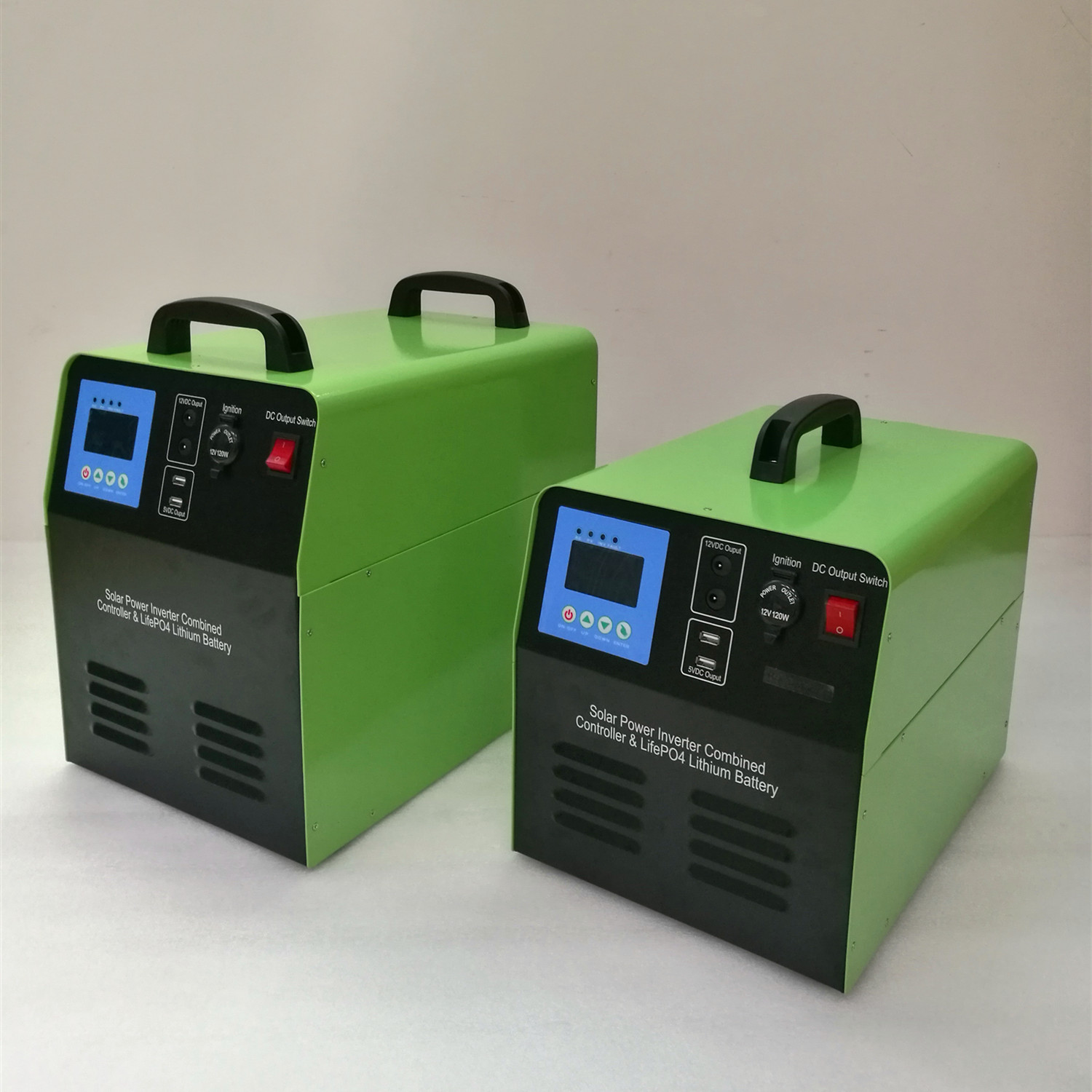
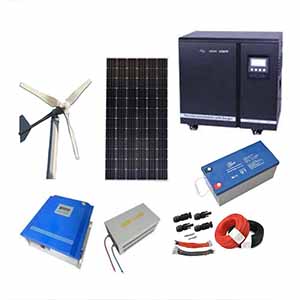
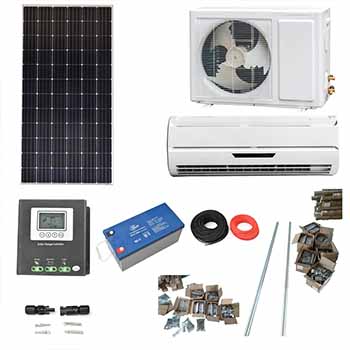
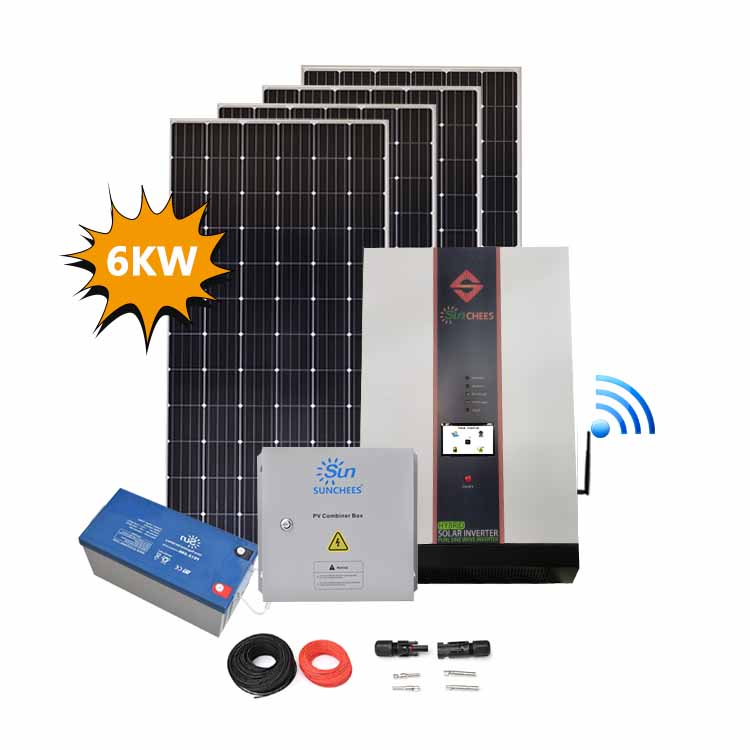

 Tel
Tel
 Email
Email
 Address
Address
















